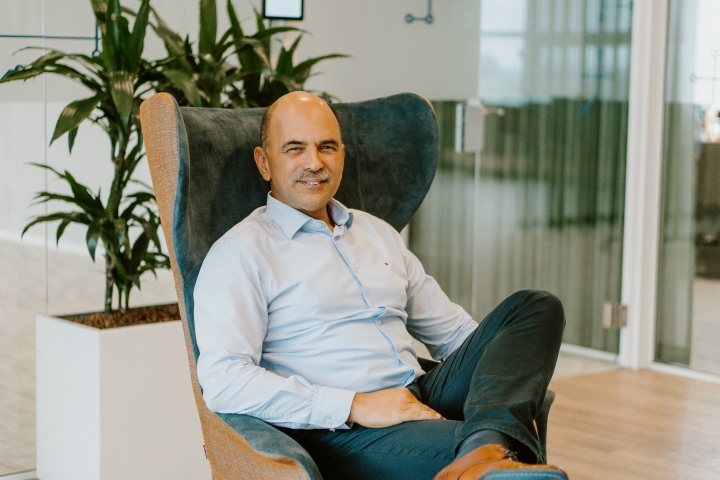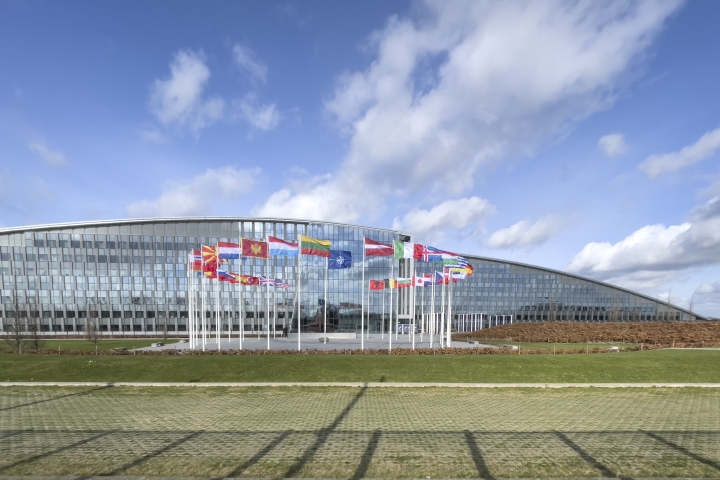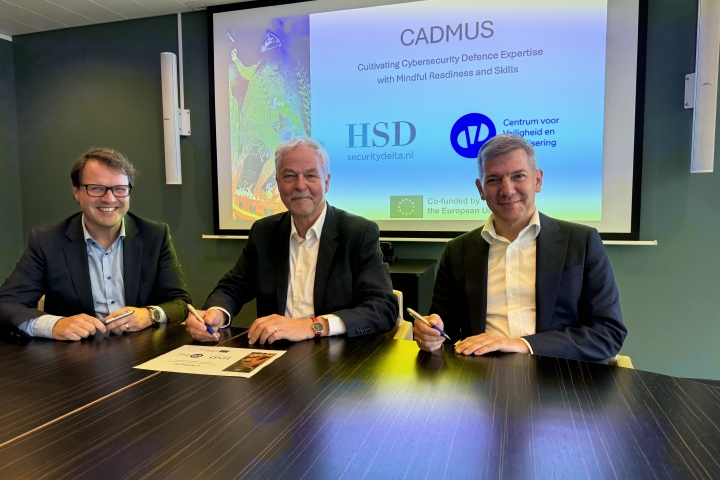The Internet of Things (IoT) & Smart Technology Revenue Estimated at €2.7 Trillion in 2025
According to IoT Global Forecast & Analysis 2015-25 The Internet of Things (IoT), the connections between devices, will offer great opportunities for companies and organisations. Industries estimate that the total number of IoT connections will grow from 6 billion in 2015 to 27 billion in 2025 creating a total of 2.7 trillion euro in revenue. The technology developments create more and more connectivity as well as increasing and promising challenges in privacy and security. Devices are more often than not easily accessible to hackers. HSD partner KPN, "headquarted in The Hague, sets the bar high for Internet of Things (IoT) solutions. KPN started the first LoRa pilot in The Hague and Rotterdam last year and since a few months the entire country is covered. The industry leading company offers industries, governments fertile platforms and solutions. The Things Network offers an open source, low cost and alternative to the wide coverage of KPN." The predictions in the IoT Global Forecast & Analysis 2015-25 come down to:
- The total number of IoT connections will grow from 6 billion in 2015 to 27 billion in 2025, a CAGR of 16%.
- Today 71% of all IoT connections are connected using a short range technology (e.g. WiFi, Zigbee, or in-building PLC), by 2025 that will have grown slightly to 72%. The big short-range applications, which cause it to be the dominant technology category, are Consumer Electronics, Building Security and Building Automation.
- Cellular connections will grow from 334 million at the end of 2015 to 2.2 billion by 2025, of which the majority will be LTE. 45% of those cellular connections will be in the ‘Connected Car’ sector, including both factory-fit embedded connections and aftermarket devices.
- 11% of connections in 2025 will use Low Power Wide Area (LPWA) connections such as Sigfox, LoRa and LTE-NB1.
- By 2025, IoT will generate over 2 zettabytes of data, mostly generated by consumer electronics devices. However it will account for less than 1% of cellular data traffic. Cellular traffic is particularly generated by digital billboards, in-vehicle connectivity and CCTV.
These developments and predictions are interesting for HSD partners and the access to knowledge and market strategies of HSD. HSD recently started a cooperation with AutomotiveNL. AutomotiveNL represents the interests of the Dutch automotive industry. Smart Mobility and Green Mobility are the main focus areas. With collaborations like these HSD is actively looking for opportunities for its partners in, for instance, the area of the 'connected car' sector.
Sources used:
Impact City ("The Hague Security Delta is already getting involved. With providing their members with great challenges by organizations and companies. With more than 220 public and private partners – it has become the largest security cluster in Europe. Partners including companies such as Siemens, KPN, Nokia and Huawei, knowledge institutions as TNO and the Technical University of Delft and governments (Ministry of Security and Justice [V&J], National Police). Within this Dutch security cluster they cooperate to create and develop innovations in the field of security.")























